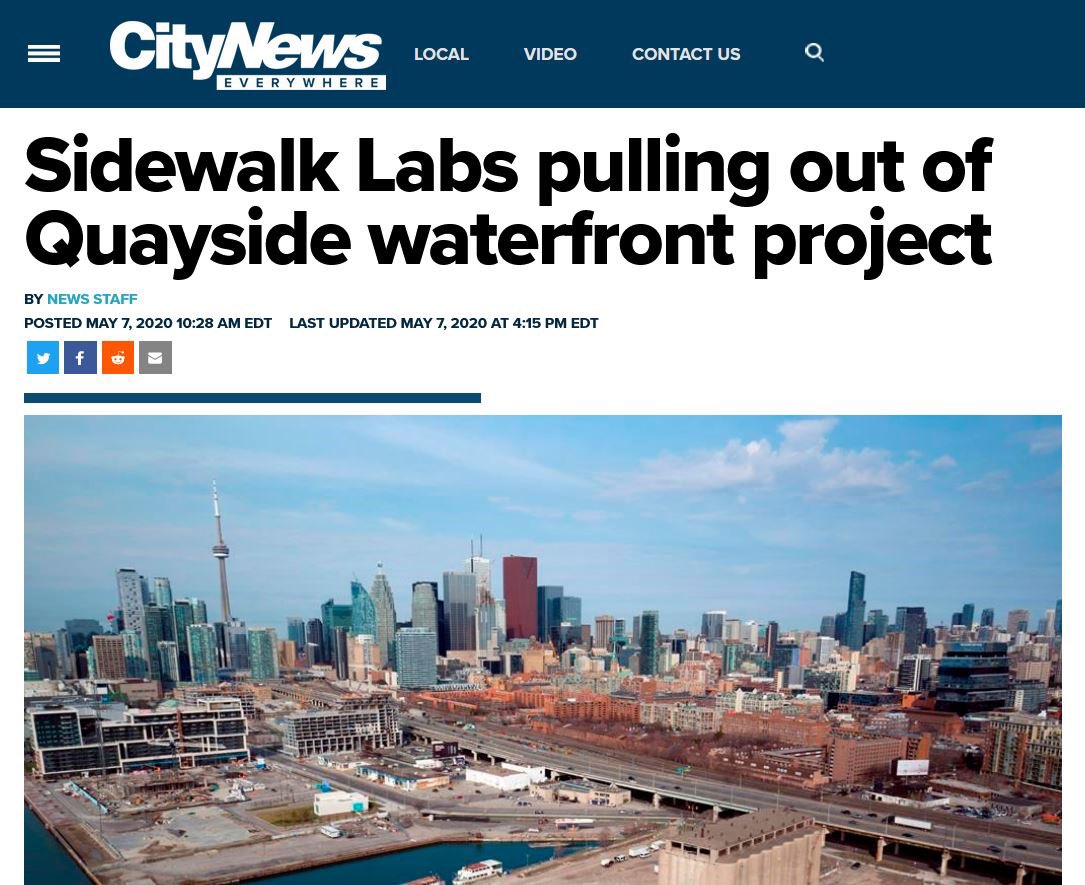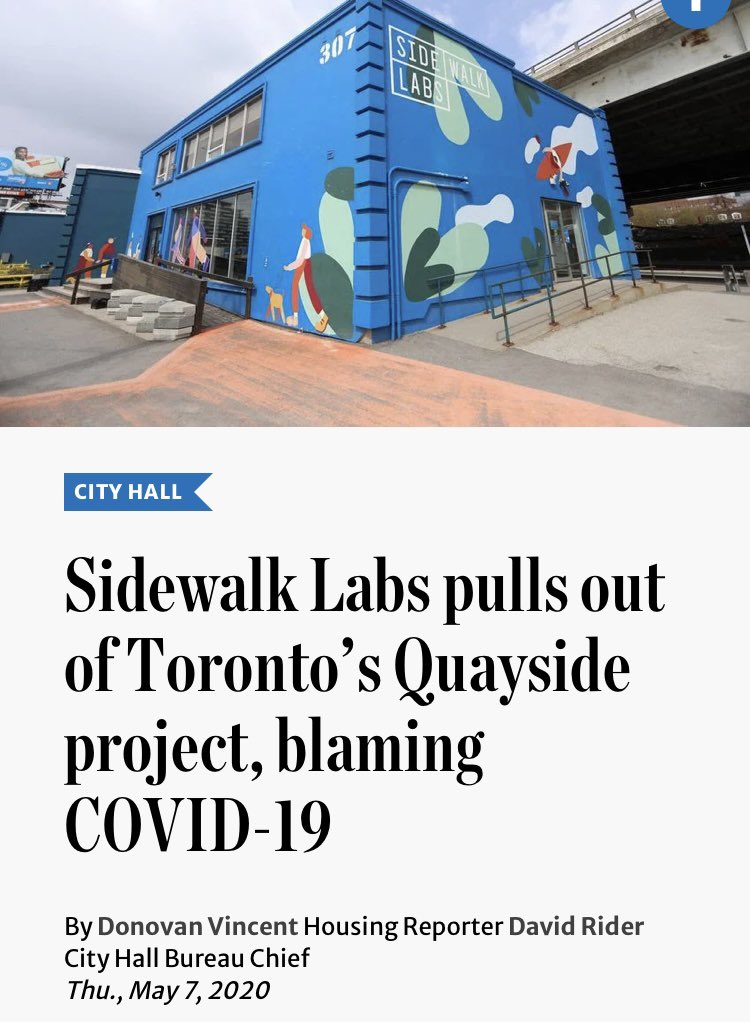
1) Something that stood out to me re: opposition to 60 units of modular housing at 175 Cummer Avenue.
This is Willowdale and Cummer:
This is Willowdale and Cummer:

2) The left image outlines the site of the proposed modular housing, on the north side of the Willowdale Manor property. The right image shows the proposed plan overlaid on the aerial. 



3) This is the single-issue Voices of Willowdale website, that was created just to voice opposition to the proposed modular housing project. 

4) (aside: in the first version of the website, where they describe themselves, they had “people who care” and “Voices of Willowdale” in quotes, which was kind of amazing) 

6) Speaking of trees, I have outlined another site, right across the street from the proposed modular housing. Many trees. 

7) This site – 162, 164, 166, and 200 Cummer – has gone through a Zoning By-law amendment and subdivision process. The four houses will become 14 houses (good!) on a new cul-de-sac.
I’ve added the project site plan to the aerial.
I’ve added the project site plan to the aerial.

8) Curiously, despite involving the removal of 30+ trees, this project didn’t seem to elicit a flood of letters to Committee/Council, and nobody seems to have built a website to voice their objections. 

9) Anyhow, the project (Willowdale Heights – a ‘stunning enclave of single detached homes’) is currently underway. The asking price for each of the first few houses, fronting on Cummer, is around $3.2M.
Maybe it’s not really about the trees…
Maybe it’s not really about the trees…

• • •
Missing some Tweet in this thread? You can try to
force a refresh




















